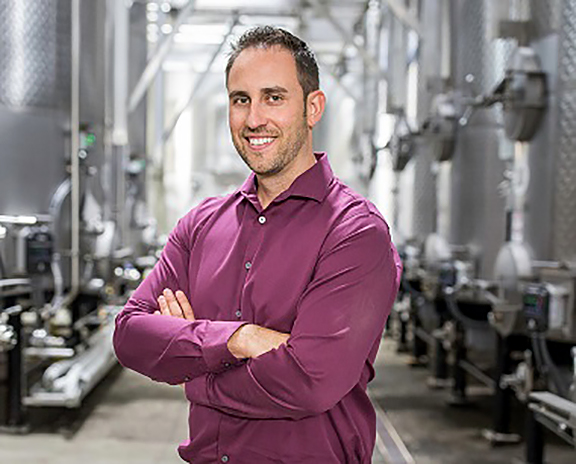Deep ruby color; raspberry, cherry, plum, roses on the nose; red fruits, plum, blackberry, blueberry, mocha, briar, oak toast on the palate.

Dry; plump, full, smooth, juicy, very approachable on the palate without decanting. Delightful tannins. Significant but not oppressive oak from 21 months in small French, American, and Hungarian barrels, 60% new. Blend of 75% cabernet sauvignon, 11% merlot, 7% malbec, 4% cabernet franc, 3% petit verdot; 15.2% ABV.
Vintage 2015 was exceptional in Napa. Tapestry weaves those grapes together. Half of the cab grew on the famed western benchlands of the Rutherford AVA, providing its notable dusty tannins. The balance came from Stags Leap, Atlas Peak, and Coombsville AVAs. Merlot came from warm weather blocks in Carneros and Rutherford Bench. Cabernet frank, petit verdot, and malbec from BV’s estate vineyards in St. Helena and Calistoga.
Beaulieu Vineyard (BV) traces roots back more than a century. In 1900 Georges de Latour’s wife Fernande first looked upon their original Rutherford vineyard and proclaimed it a “beautiful place”. “Beau lieu” is French for “beautiful place”. De Latour imported phylloxera-resistant rootstock from Europe to the recently phylloxera-ravaged California wine country and built his vineyards. During Prohibition, Beaulieu Vineyard increased its business by selling sacramental wine to the Catholic Church.

After Prohibition repeal in 1933, Georges de Latour began research and innovation that would produce his Rutherford Estate’s finest expression. In 1938, he traveled to France and met André Tchelistcheff, famed viticulturist and enologist who instituted the philosophy of continuous innovation in vineyard and winery. When Tchelistcheff joined Beaulieu and tasted the de Latour family’s private wine—what they called “Private Reserve”—from the 1936 vintage, he insisted it be bottled and sold as the winery’s flagship offering.
In 1940, Beaulieu Vineyard released the first vintage of Private Reserve and named it for the founder. Georges de Latour Private Reserve Cabernet Sauvignon became Napa Valley’s first cult cabernet. In time, Tchelistcheff became the region’s first superstar winemaker.
The international conglomerate Heublein Inc. purchased BV in 1969. RJR Nabisco acquired Heublein, then sold to Grand Metropolitan in 1987. Grand Metropolitan became Diageo in 1997 through a merger with Guinness. In 2016—one year after this vintage—Diageo sold Beaulieu Vineyard to Australian wine giant Treasury Wine Estates. The parade of owners has put strains on the winery’s vision and values, but the original Rutherford-Napa vineyards continue to deliver exceptional fruit to whomever the vineyard owner may be.
Amid the ownership turbulence, winemaker Jeffrey Stambor ably carried on the Georges de Latour and Tchelistcheff legacy, also working with famed “flying winemaker” Michel Rolland. In July 2017, Stambor announced he was leaving BV after almost three decades to form Jeffrey Stambor Wine Consulting. We shall see what lies in Beaulieu’s future, but for now enjoy this effort which Stambor created.
Beaulieu Vineyard Reserve Tapestry, Napa Valley 2015 is velvety, full, generous, polished. Loads of tasty ripe fruit. Impressive layers and structure. This could age for several more years, but it will take significant willpower to pass on enjoying it now. Pair with grilled and roast lamb; roast beef, veal, venison; beef stews, especially those cooked in red wine; beef brisket, filet mignon; roast pork; roasted potatoes, lentil soup, Portobella mushrooms, green been casserole; Cheshire and red Leicester cheese. $51-62






